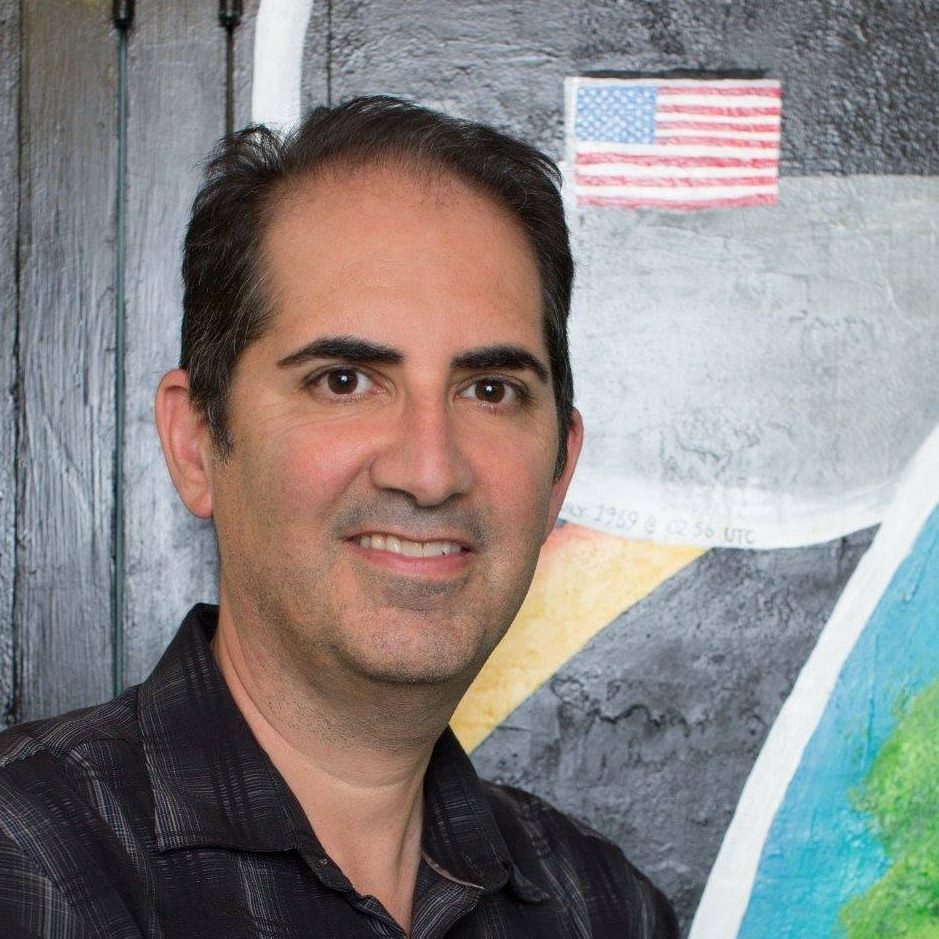Inventing Tomorrow film review
Been wanting to see this film since I heard the buzz about it screening earlier this year at Sundance. It is a documentary about students who enter the Intel sponsored ISEF, International Science and Engineering Fair. I was drawn to the film due to my interest in science fairs and the nature of the competitive element of them, as well as the chance to revisit my own travels through Bangalore, India last year. My Fulbright project was centered on science fairs and Maker Faires and passion projects for students. Also note that there is another film about students at the ISEF coming out next week which also had Sundance buzz. It will be interesting to compare them later.
There are four students or groups of students featured in the film Inventing Tomorrow, the brightest star being 16 year old Sahithi who samples the water in Bangalore’s phosphate sudsy lakes to test for contaminants. Then there’s the student in Hilo, HI who is testing local pond soil for arsenic, widespread as an unintended consequence from an historic tsunami there. A third storyline follows three students from Monterrey, Mexico who design a paint that can absorb pollutants from the air and then dissolve them when it rains and then even fertilize the soil. It’s a great idea, as are all of them, just not sure exactly how it works.
The last story is about some girls she from Indonesia who are trying to mitigate the environmental damage from tin mining. All of the stories are well told and engaging. It’s obvious that each student is deeply motivated by concern for their local environment. There are interesting insights into the different cultures the students come from. About halfway through the scene shifts to the familiar LA Convention Center and a large but quite conventional science fair competition. I’ve never been to ISEF before, although I will try to now that I’ve seen how awesome it is. Phoenix, AZ has 2019 and Anaheim, CA has 2020.
One of my big criticisms of science fairs in general is that hardly anyone sees them. Parents make up the bulk of the audience, it seems. At the LA County Science Fair there is a day of public viewing if you can take off from work and make the effort. At the CA State Science Fair held at the CA Science Center here in LA every year, there are practically no public hours.
So getting to go backstage with these stellar students at ISEF is a unique experience provided by this film, as well as in the soon to be released Science Fair. There are touching scenes of students from different countries meeting each other and exchanging pins and selfies. And then it’s time for the judging, the students waiting around for judges to interrupt their prepared presentation with questions. Fortunately the winning and losing is not the point of the film, for all entrants are winners.
The interactions we see of the judges with the students show how difficult it is for both parties. Nerve wracking for the students, particularly if there’s a language barrier, and a strange game of “gotcha” for the judges who somehow have to evaluate the projects not on just their own merit but in comparison with others. The criteria for “winning” is not addressed, but from my own experience it can be very subjective.
There are some nice closing scenes of the different students following up on their work or their studies. It is an uplifting film experience. How can you go wrong closing with epic footage of lava flowing into the ocean in Hawaii? It was worth it to so see this in a real movie theater where I could be immersed without interruption or distraction. It’s been awhile since I’d seen a documentary that way and it does make a difference. Showing film clips in class or watching on a personal screen is just not the same. It made me think that every school should have a proper film screening theater room as it’s better for paying attention and learning.
While I found the film emotionally and intellectually involving, I left with a few unanswered questions. How exactly did these students get to to be so fluent in science? There are ample scenes of supportive parents and project mentors from universities helping students with their project, but not a mention of any classroom teacher who might have helped ignite the spirit of inquiry along the way.
The only mention of school itself that I recall (except for some footage shot at Jarod’s high school) is a clip from the Keynote at the ISEF claiming that the ISEF experience is impossible to have at school. Little things like that do bother me. Another unexamined dimension is the sponsorship and financials of the ISEF. Like Google Science Fair, it has wonderful international optics, but you can see just from walking with Sahithi in her gated Bangalore neighborhood that her family is better off than most in India. Science Fair competitions in general are biased in favor of the economically advantaged. You can see that fact if you ever visit the LA County Science Fair and without spoiling the film, you can see that too in which students win and which don’t. One could argue that the accomplishment of the students from less-advantaged backgrounds is even more deserving of recognition and celebration.
If even one student sees this film and reconsiders their reluctance to do a science fair project, then the film makers have done us all a great service. It reminded me as a middle school science teacher to keep up with the struggle to incorporate science fairs, family nights, and international collaborations at my local school site. It would be great to see a film focused on those kind of events and how they impact communities, with a little appreciation thrown in for the teachers who make them happen

